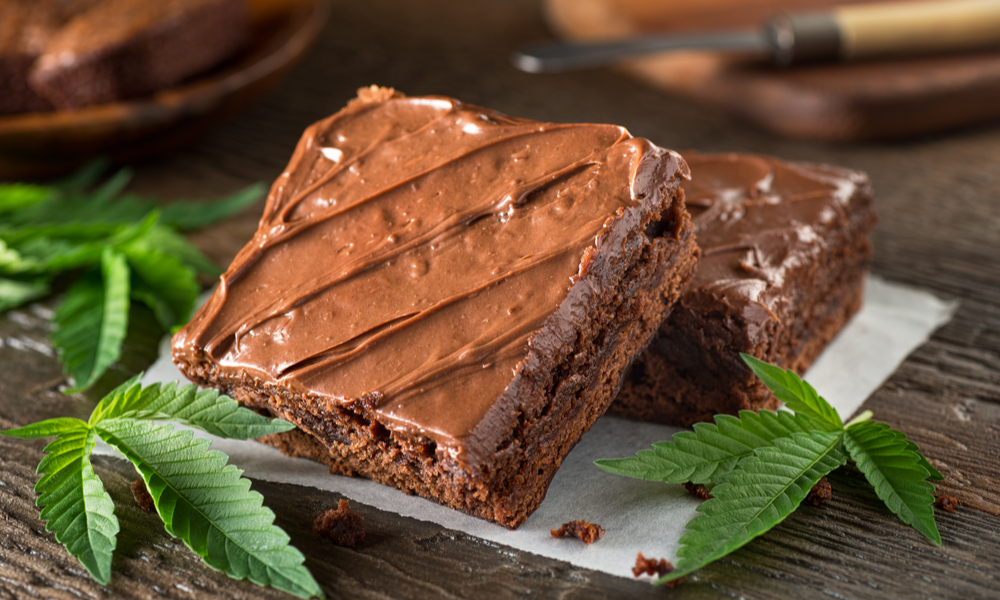Weed is going to be legal in Canada, and soon. In some sense, this was already a foregone conclusion, but what that looked like specifically, was not. As Bill C-45 wormed its way through Senate committees, reports, and multiple readings, the final shape of what legalization will look like in 2018 began to take shape.
And while the core concept of legalization—that adults should be able to smoke weed in the privacy of their own homes, and to their heart’s content—remains pretty much constant, it’s also not the only question at play. For cannabis consumers in Canada, the devil is in the details… and when it comes to the details, there are still plenty of question marks and aspects of the bill that activists plan to continue pushing for.
In truth, the bill is an imperfect one. It’s a compromise between the notion that cannabis should be treated like alcohol and tobacco and the notion that cannabis legalizations should be (excuse the expression) taken low and slow. Here are the current biggest areas of concern.
Edibles

Foodio/Shutterstock
Arguably the biggest hole in the country’s cannabis legalization effort is around edibles. They’re not banned outright, but the country effectively put a pin in the discussion for a year or so. According to Health Canada, the regulation and sale of edibles, “would be authorized no later than 12 months following the coming into force of the proposed legislation.”
Effectively, though, this will shut out a huge segment of the market: government data released in April found that 28% of cannabis users used edibles, making it the second-most popular way to get high.
While the government pressing pause on the world of chocolates and mints and sodas will give them time to write


